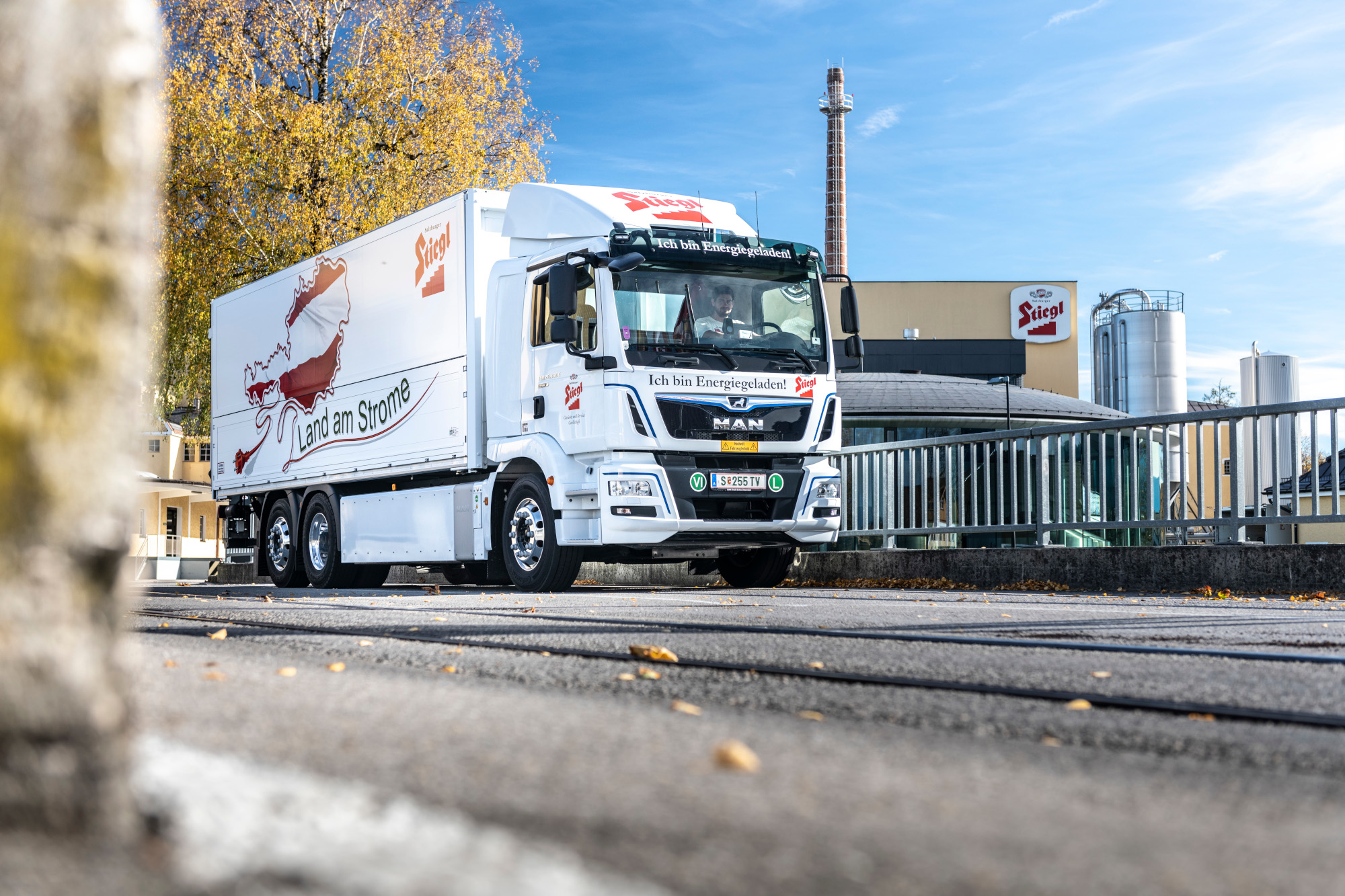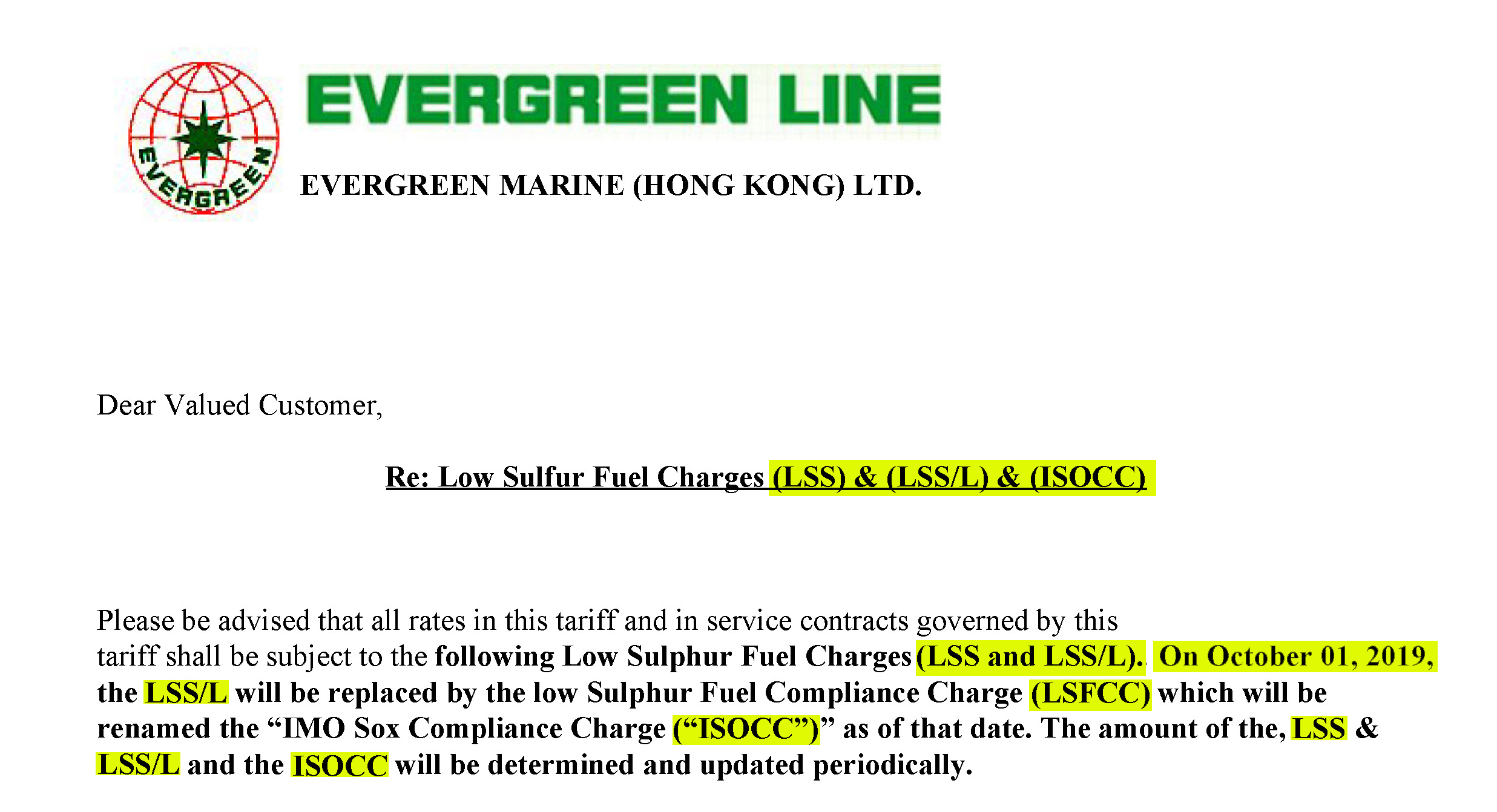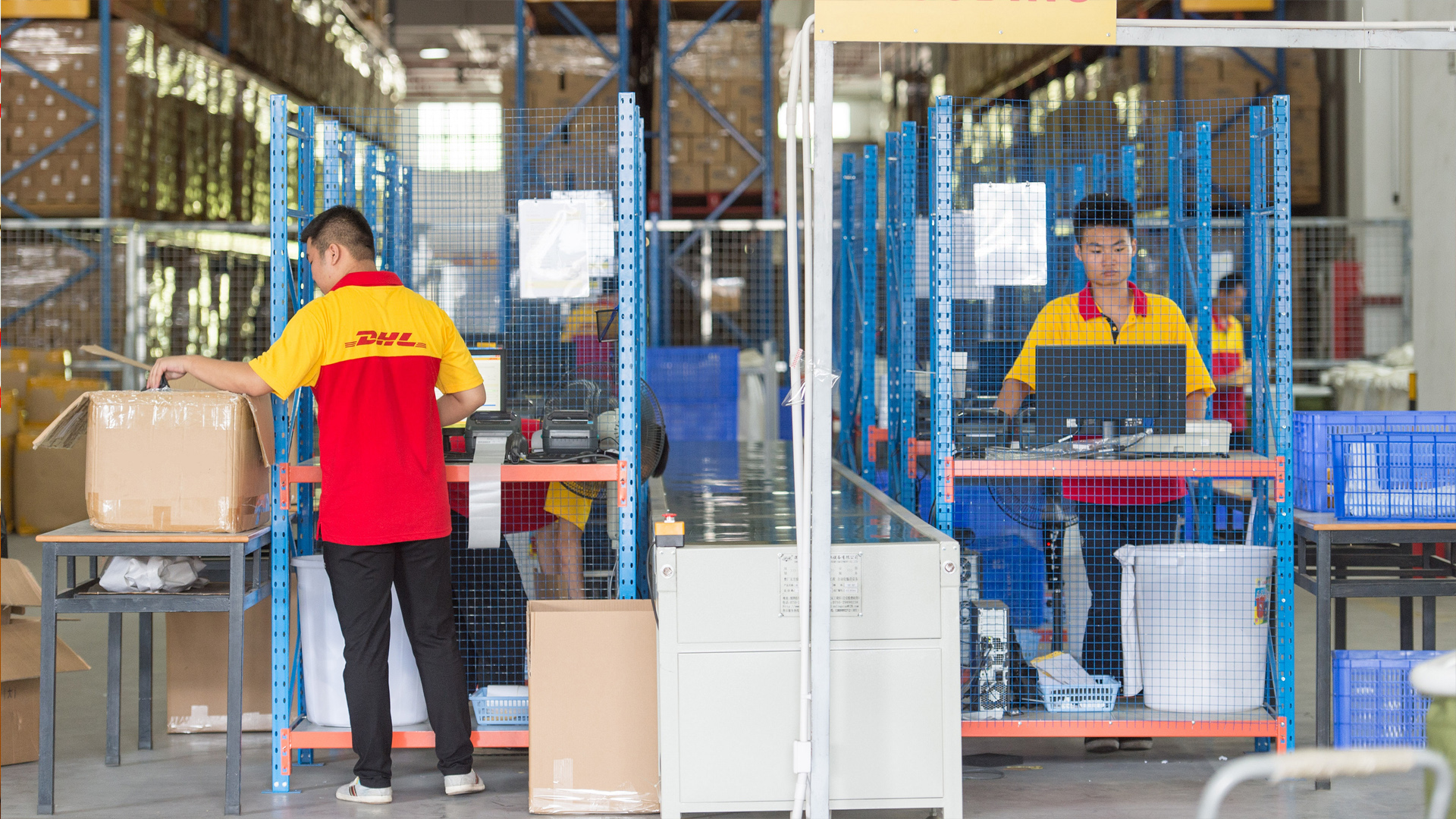
In Madrid, a partnership between leading Spanish bank Banco Santander and blockchain certification startup Vottun will soon allow the city transport users to pay for their transit using a single unified digital payment system powered by blockchain. Vottun develops interoperable platforms over which blockchain applications can be built and made to interact with distinctly different public or private blockchain networks.
The idea is to create an application that can be used by Madrid commuters to centrally access and pay for all different modes of public mobility available within the city. The use of blockchain here is justified as it helps bolster the security behind the payment platform through its decentralized ledger technology, with Vottun promising high levels of user data security in the application.
This is part of an initiative called Madrid in Motion, which was begun by the Municipal Transport Company of Madrid (EMT) in an attempt to digitalize the city’s transit system and bring order to the myriad of transport companies that offer services under the EMT umbrella – including the metro, buses, taxis, e-scooters, bikes, and car rentals. Currently, all these mobility types have their own applications; users have to separately install and register themselves, making processes extremely redundant.
Unifying the system will not just help make processes more seamless for an average commuter, but will also help the government gather tremendous amounts of data on commuter transit patterns. This can be channelled to create insights on transit corridors that are frequently congested, which can be used by the city planning authorities to improve sections that need added transit options.
Vottun’s proposal on a unifying transport application won in a startup competition conducted by Madrid in Motion; it was chosen from among 300 such proposals. During its presentation, Vottun allowed attendees to test its product features like facial recognition and biometric payment gateways for EMT buses.
“The user registration and validation system will be unique in all mobility services in Madrid because of the EMT app. This will facilitate the use of any mobility service to the citizen, and the payment in a simple and transparent way,” said Luis Carbajo, the CEO of Vottun.
Before Madrid, there have been a few instances where public transport networks are leveraging the potential of blockchain to improve commuter interaction. Argentinian state public transport card SUBE was in the news earlier this year, when it announced a partnership with Bitex, a blockchain financial firm, for introducing the option of paying for services through bitcoin cryptocurrency.
Though this is not necessarily innovation in itself, it is a decisive move towards greater understanding of the technology and to promote it across different avenues. SUBE cards are used by over seven million people in 37 locations in Argentina, to travel in trains, trams and buses.
The Brazilian city of Fortaleza has also jumped onto the blockchain bandwagon, announcing that it will allow commuters to pay for bus tickets by bitcoin and other cryptocurrencies alongside conventional card payments. Users of the city transit app can pay through their smartphones through which they will get a QR code that they can scan as they get aboard a vehicle.




















